What causes radishes not to bulb?
ania_ca
13 years ago
Related Stories
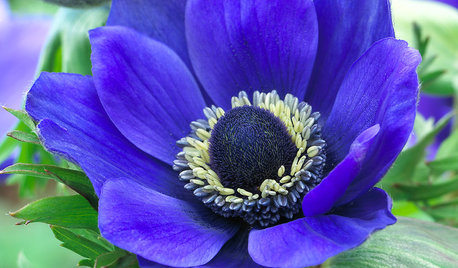
FALL GARDENING6 Splendid Blue-Flowering Bulbs
How do you blue? With colors from sky to cobalt, these bulbs will greet you merrily in a spring garden
Full Story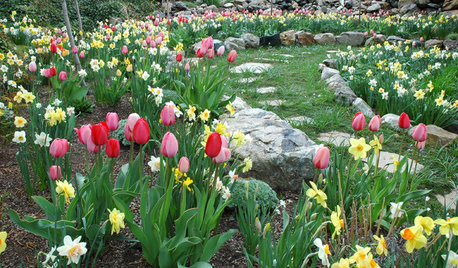
GARDENING GUIDESGardening With Kids: How to Plant Bulbs
You don't need expertise to get flowering bulbs in the ground in fall — but kids will feel like gardening pros come spring
Full Story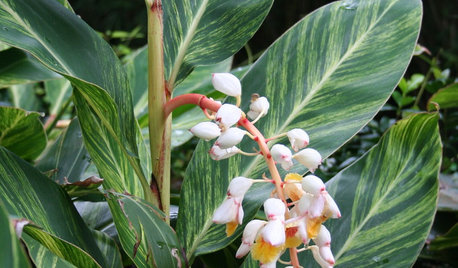
GARDENING GUIDES7 Tropical Bulbs for a Summer Garden That Wows
Try these stunners in summer's powerful heat for garden thrills with an exotic flair
Full Story
HOUSEPLANTSHow to Force Amaryllis Bulbs Indoors
Enjoy vibrant red blossoms even as gardens turn snowy white, by teaching this hardy repeat performer to ignore the calendar
Full Story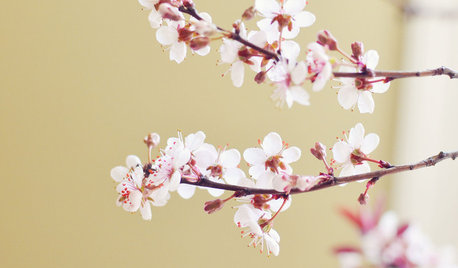
GARDENING AND LANDSCAPINGGarden Musts for May
Mid-Atlantic Gardening Guide: Plant summer bulbs, pick off those stinkbugs and enjoy the flowering trees, wildflowers and more
Full Story
GARDENING GUIDES11 Favorite Edibles for Your Cool-Season Garden
Plant crunchy carrots, crisp radishes, tender peas and other vegetables for fall and spring harvests
Full Story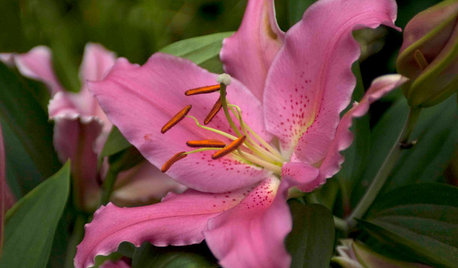
FLOWERSGreat Design Plant: Lilies
Try these delightfully exotic stunners for paintbox colors, deep fragrance and intricately detailed petals
Full Story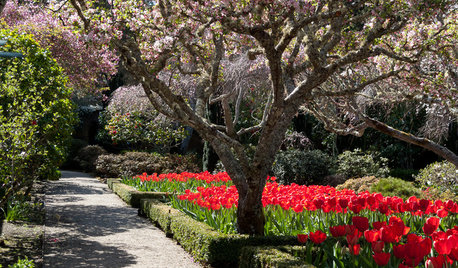
PLANTING IDEASEasygoing Tulip Ideas From a Grand California Garden
Gather up these ways to use tulips to make a spring garden of any size overflow with beauty
Full Story
HOUSEKEEPING10 Problems Your House May Be Trying to Show You
Ignore some of these signs and you may end up with major issues. We tell you which are normal and which are cause for concern
Full Story
PRODUCT PICKSGuest Picks: Kentucky Derby Party Fixings and Decor
Get a Derby Day party off to a great start with accessories, serveware and furnishings that champion the cause of chic
Full Story







ania_caOriginal Author
girlgroupgirl
Related Professionals
West Milford Landscape Architects & Landscape Designers · Ashburn Landscape Architects & Landscape Designers · Leawood Landscape Architects & Landscape Designers · North New Hyde Park Landscape Architects & Landscape Designers · White Oak Landscape Architects & Landscape Designers · Canyon Lake Landscape Contractors · Cincinnati Landscape Contractors · Cockeysville Landscape Contractors · Fort Worth Landscape Contractors · Hoover Landscape Contractors · Mount Sinai Landscape Contractors · Painesville Landscape Contractors · Pleasant Grove Landscape Contractors · Pompton Lakes Landscape Contractors · Saint John Landscape Contractorsdigdirt2
ania_caOriginal Author
farmerdill
ania_caOriginal Author
farmerdill
ania_caOriginal Author
KatyaKatya
kawaiineko_gardener
jimster
pnbrown
pnbrown
ania_caOriginal Author
radishking1
ania_caOriginal Author
soilent_green
seysonn
pixie_lou
happyday
Koz
digdirt2